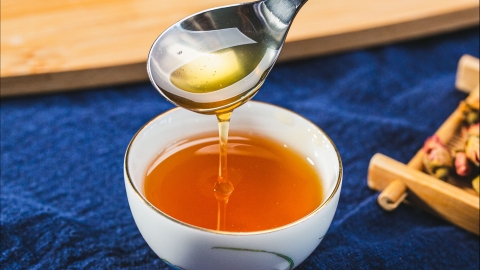Does locust blossom honey crystallize?
Generally speaking, locust flower honey can crystallize, but compared to other types of honey, it belongs to a category that is less prone to crystallization. The detailed explanation is as follows:

Honey crystallization essentially involves glucose separating from the honey, forming crystallization nuclei that gradually aggregate into crystalline granules, eventually causing partial or complete crystallization of the honey. Locust flower honey has relatively low glucose content and high fructose content. This compositional ratio enables it to remain liquid for a longer time under normal temperatures, thus giving the impression of being less likely to crystallize.
However, locust flower honey can still crystallize when external conditions change. For instance, in low-temperature environments such as around 13–14°C, the solubility of glucose decreases, making it easier for crystallization to occur. Additionally, if locust flower honey is mixed with other types of honey that are more prone to crystallization, or if it has been stored for an extended period, the likelihood of crystallization also increases.
Crystallized locust flower honey typically appears light yellow or milky white, with fine crystalline particles forming a smooth, oily texture that looks uniformly textured. This process is a normal physical change, and the nutritional components are not lost nor is the taste significantly affected; it remains safe for consumption. When crystallized locust flower honey is placed in a warmer environment, it will gradually melt back into its liquid form. Consumers should be aware of these facts when purchasing and consuming locust flower honey to better preserve and use it.









